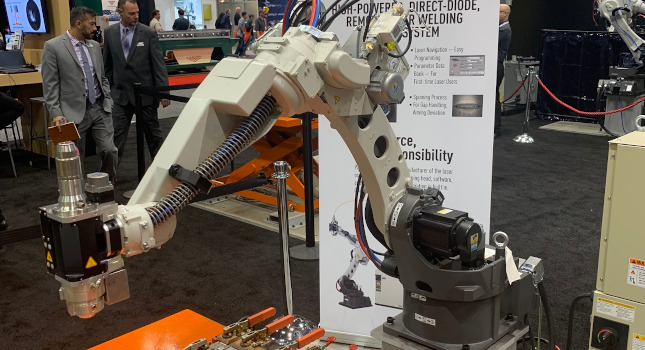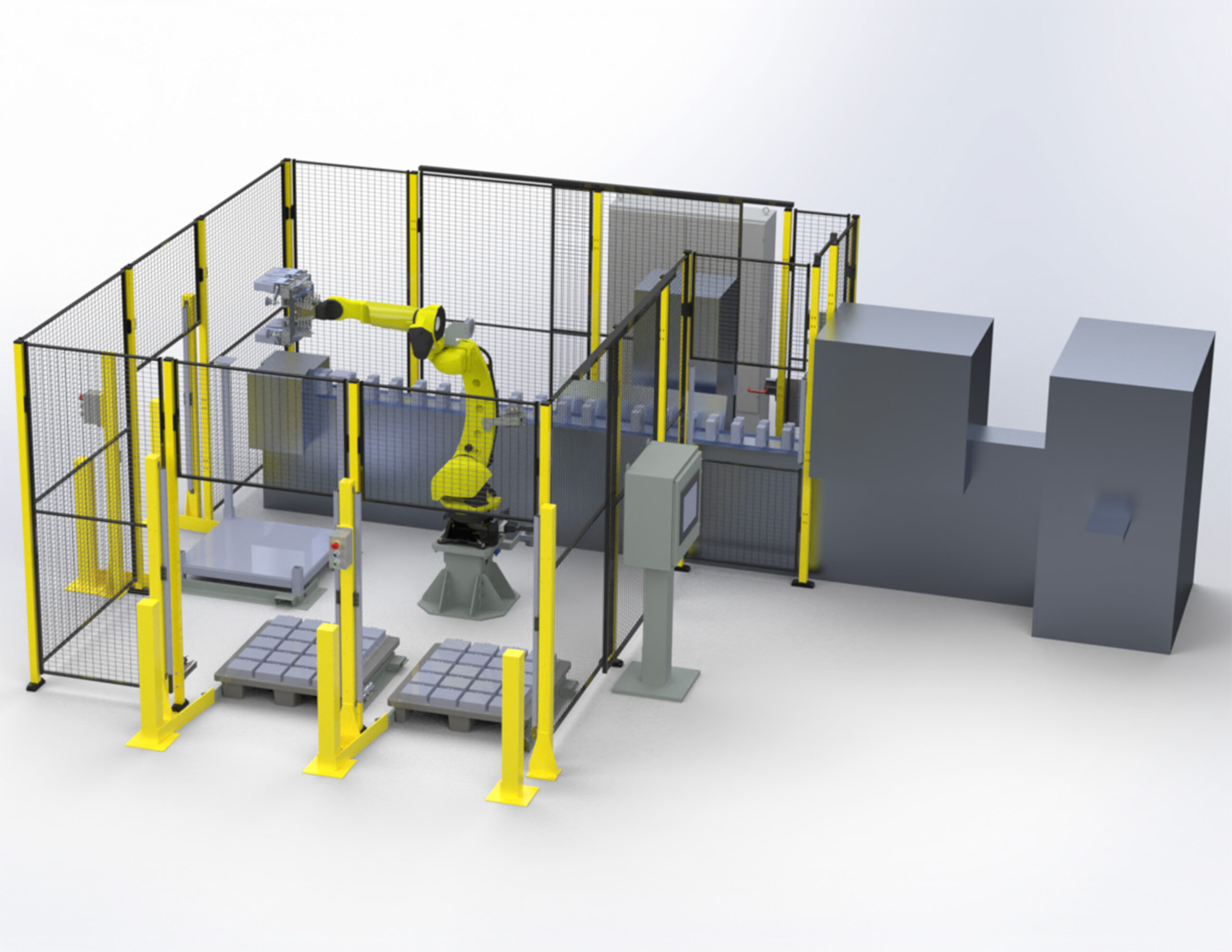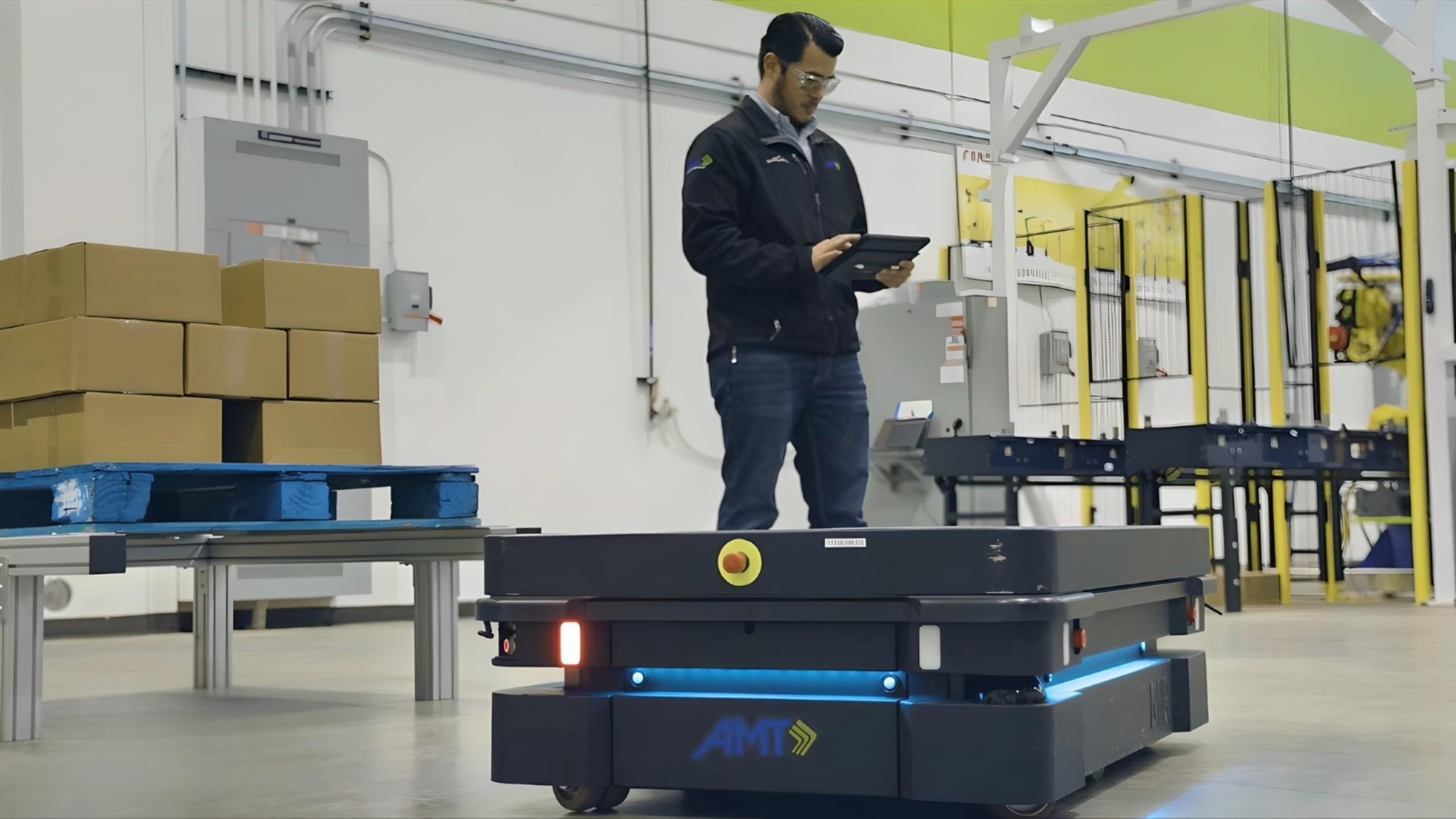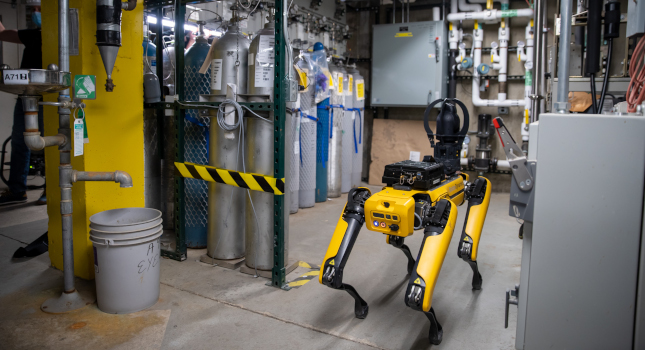It is time for the manufacturing sector in the U.K. to look seriously at the adoption of automation, and robotics in particular, to help improve productivity figures.

Manufacturing in the United Kingdom faces multiple challenges. The main one is competition from more productive countries is continuing to grow. Compared with the United States, China, Germany, Japan, India, Poland and France, over a 10-year period from 2006 to 2016, the UK was the only country where productivity per person per hour actually decreased (by 9%). All the other countries mentioned saw an increase – with Germany raising its productivity rate by 21%.
The sector is also facing other serious challenges, including a significant shortage in engineering skills, the rising costs of energy and raw materials and increasing demands for production flexibility. While there is no silver bullet for these scenarios, the U.K.’s manufacturing sector can go some way to resolving these challenges by using its labor and resources more effectively and working smarter by giving its staff the tools to do their jobs more efficiently – sweating the assets, not the people. Key to this is increasing the adoption of automation and, in particular, robotics to close the gap on our competitors.
According to the International Federation of Robotics (IFR) robot adoption in the U.K. is significantly behind that of other more productive countries. South Korea has a robot density of 774 robots per 10,000 employees, Germany is running at 338, the USA at 217, Italy at 200, Spain at 168 and France at 154. The UK, meanwhile, ranks 22nd in the world with a robot density of only 91, below the global average of 99.
Task reallocation
There are, of course, plenty of critics who claim that any increase in robots in the workplace will mean a reduction in jobs for people. But there is much evidence to show that, rather than resulting in job substitution, automation does, in fact, lead to a reallocation of tasks in which robots complement and augment human labour by performing routine or dangerous tasks. This, in turn, provides the opportunity for people to focus on higher-skilled, higher-quality and higher-paid roles.
In terms of productivity and quality, the benefits of robotic automation cannot be ignored, as the automotive industry can corroborate. The deployment of robots results in an increased yield and a better use of staff, of other equipment and of space and energy and delivers consistently high quality, with reduced waste and reworking. Robotic automation also offers companies improved health and safety, extendable production hours and greater flexibility regarding quick changeovers and product redesign, while offering staff more rewarding jobs.
While a certain level of investment is required in equipment and training to start the automation process, manufacturing in the U.K. has to understand that maintaining the status quo or failing to start investing now is just going to widen the already existing gap in competitiveness with other countries. It is crucial for companies to begin the process as soon as possible and appeal to the U.K. government to lead and support the increased adoption of robots and automation technologies to enhance our productivity and competitiveness in an increasingly challenging global market.
This article originally appeared on Control Engineering Europe’s website. Edited by Keagan Gay, digital media & production coordinator, CFE Media, [email protected].



